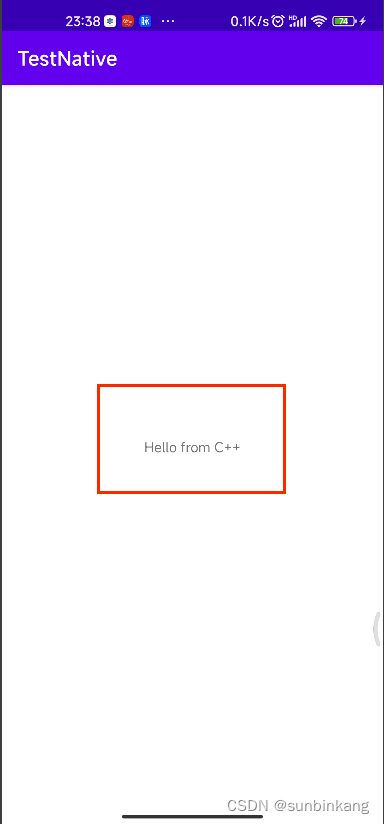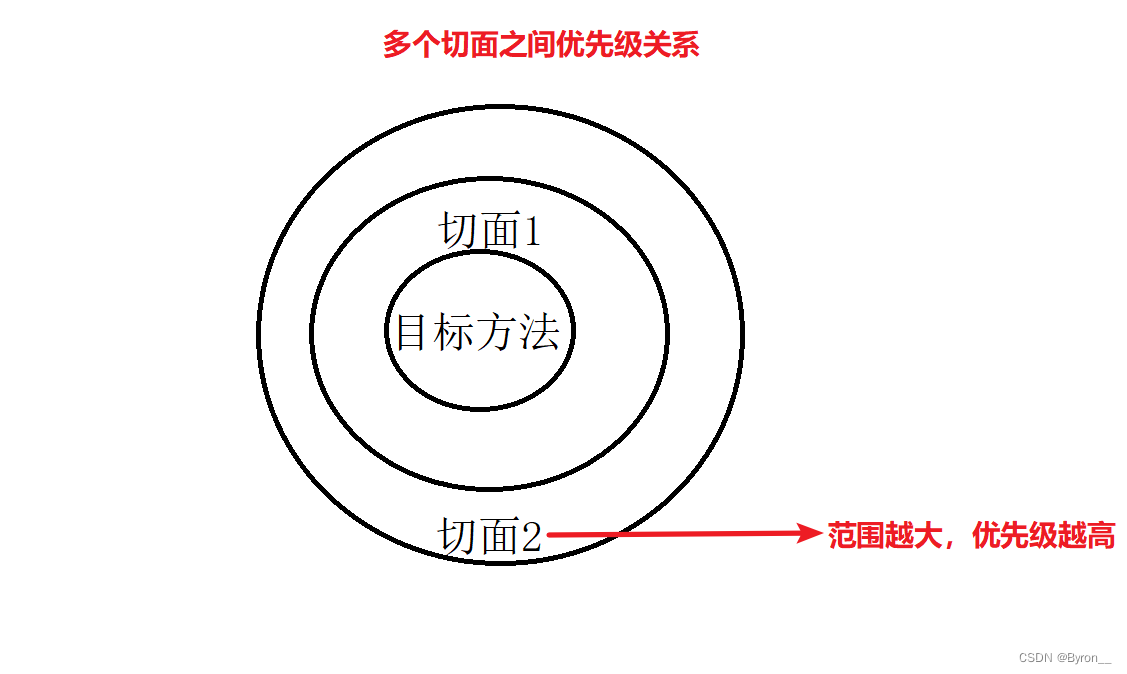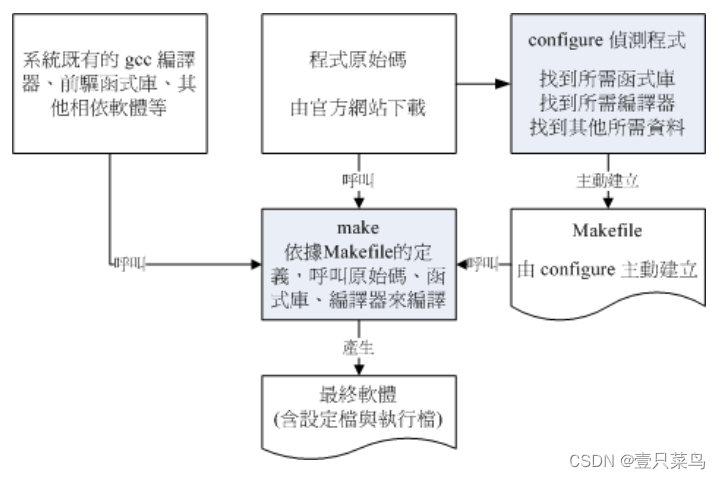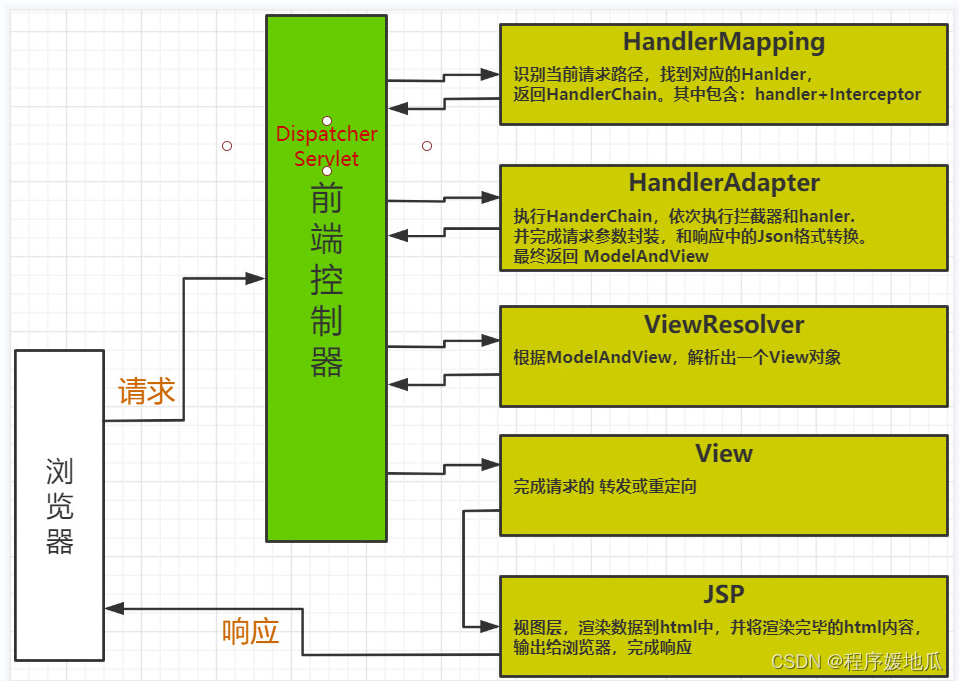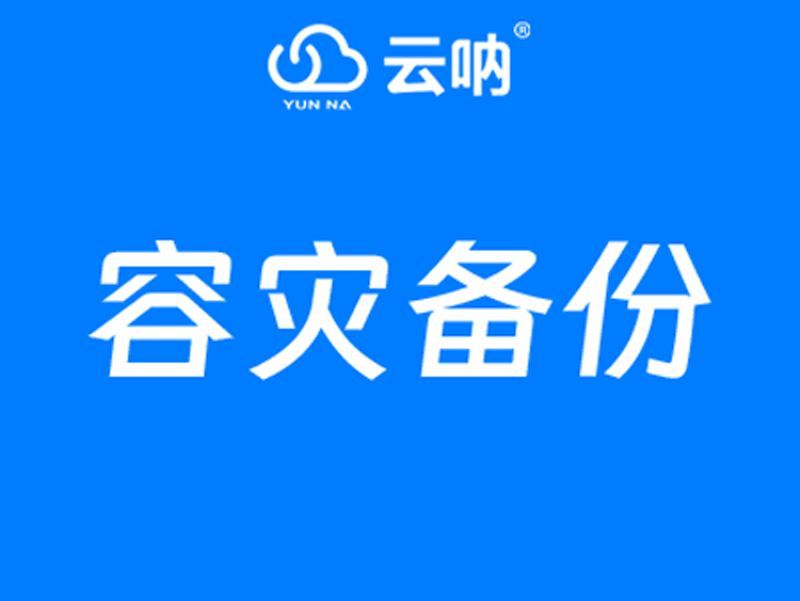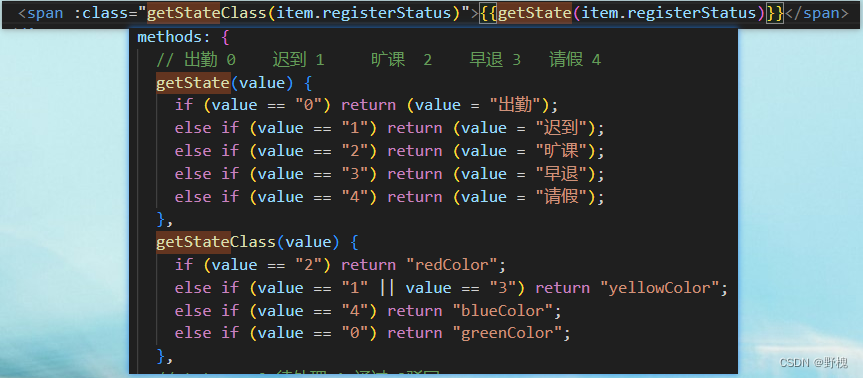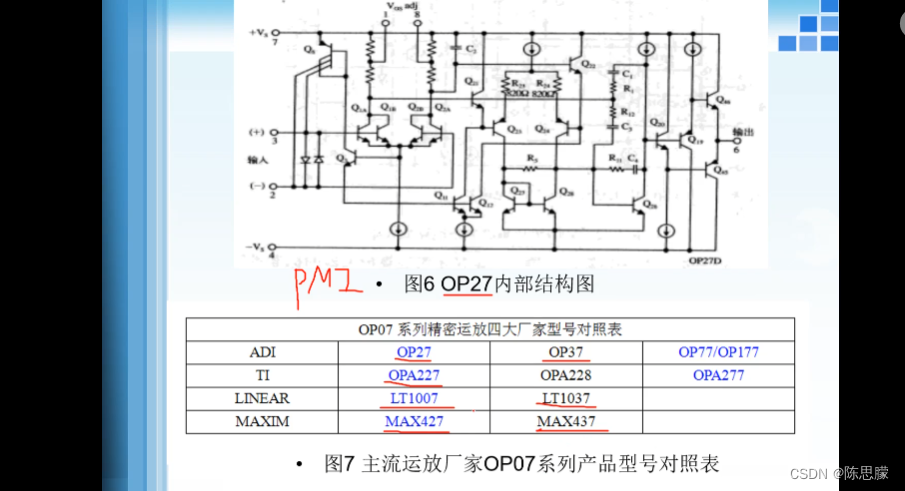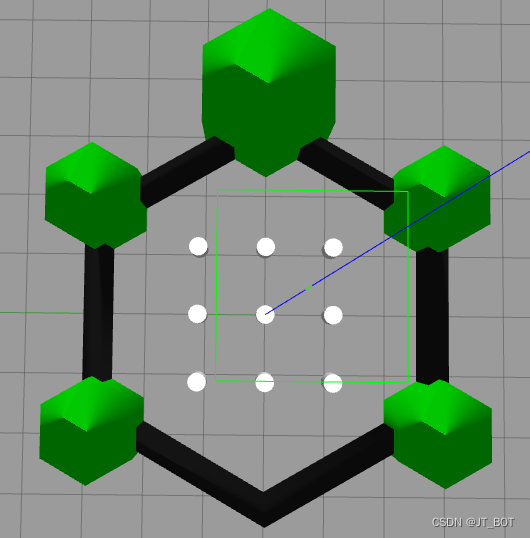运行多个线程类似于同时运行多个不同的程序,但具有以下优点-
一个进程中的多个线程与主线程共享相同的数据空间,因此比起单进程,它们可以更轻松地共享信息或彼此通信。
有时称为轻量级进程的线程,它们不需要太多的内存开销。
开始新线程
要生成另一个线程,您需要调用 thread 模块中可用的以下方法-
thread.start_new_thread ( function, args[, kwargs] )
通过此方法调用,可以快速有效地在Linux和Windows中创建新线程。
方法调用立即返回,子线程启动,并使用传递的 args 列表调用函数。当函数返回时,线程终止。
在这里, args 是参数的元组;使用一个空的元组来调用函数而不传递任何参数。 kwargs 是关键字参数的可选词典。
#!/usr/bin/python import thread import time # 为线程定义一个函数 def print_time( threadName, delay): count=0 while count < 5: time.sleep(delay) count += 1 print "%s: %s" % ( threadName, time.ctime(time.time()) ) # 创建两个线程如下 try: thread.start_new_thread( print_time, ("Thread-1", 2, ) ) thread.start_new_thread( print_time, ("Thread-2", 4, ) ) except: print "Error: unable to start thread" while 1: pass
执行以上代码后,将产生以下输出-
Thread-1: Thu Jan 22 15:42:17 2009 Thread-1: Thu Jan 22 15:42:19 2009 Thread-2: Thu Jan 22 15:42:19 2009 Thread-1: Thu Jan 22 15:42:21 2009 Thread-2: Thu Jan 22 15:42:23 2009 Thread-1: Thu Jan 22 15:42:23 2009 Thread-1: Thu Jan 22 15:42:25 2009 Thread-2: Thu Jan 22 15:42:27 2009 Thread-2: Thu Jan 22 15:42:31 2009 Thread-2: Thu Jan 22 15:42:35 2009
尽管它对于低级线程非常有效,但是与较新的线程模块相比, thread 模块非常有限。
Threading 模块
与上一节中讨论的线程模块相比,Python 2.4中包含的更新的线程模块为线程提供了更强大的高级支持。
threading 模块公开了 thread 模块的所有方法,并提供了一些其他方法-
threading.activeCount - 返回活动的线程对象数。
threading.currentThread - 返回调用者线程控件中线程对象的数量。
threading.emumerrate - 返回当前处于活动状态的所有线程对象的列表。
除了这些方法之外,线程模块还具有实现线程的 Thread 类。 Thread 类提供的方法如下-
run() - run()方法是线程的入口点。
start() - start()方法通过调用run方法来启动线程。
join([time]) - join()等待线程终止。
isAlive() - isAlive()方法检查线程是否仍在执行。
getName() - getName()方法返回线程的名称。
setName() - setName()方法设置线程的名称。
模块创建线程
要使用线程模块实现新线程,您必须执行以下操作-
定义 Thread 类的新子类。
重写 __ init __(self [,args])方法以添加其他参数。
然后,重写run(self [,args])方法以实现线程在启动时应执行的操作。
一旦创建了新的 Thread 子类,就可以创建它的,然后通过调用 start()来启动新线程,依次调用 run()方法。
#!/usr/bin/python import threading import time exitFlag=0 class myThread (threading.Thread): def __init__(self, threadID, name, counter): threading.Thread.__init__(self) self.threadID=threadID self.name=name self.counter=counter def run(self): print "Starting " + self.name print_time(self.name, 5, self.counter) print "Exiting " + self.name def print_time(threadName, counter, delay): while counter: if exitFlag: threadName.exit() time.sleep(delay) print "%s: %s" % (threadName, time.ctime(time.time())) counter -= 1 # 创建新线程 thread1=myThread(1, "Thread-1", 1) thread2=myThread(2, "Thread-2", 2) # 启动新线程 thread1.start() thread2.start() print "Exiting Main Thread"
执行以上代码后,将产生以下输出-
Starting Thread-1 Starting Thread-2 Exiting Main Thread Thread-1: Thu Mar 21 09:10:03 2013 Thread-1: Thu Mar 21 09:10:04 2013 Thread-2: Thu Mar 21 09:10:04 2013 Thread-1: Thu Mar 21 09:10:05 2013 Thread-1: Thu Mar 21 09:10:06 2013 Thread-2: Thu Mar 21 09:10:06 2013 Thread-1: Thu Mar 21 09:10:07 2013 Exiting Thread-1 Thread-2: Thu Mar 21 09:10:08 2013 Thread-2: Thu Mar 21 09:10:10 2013 Thread-2: Thu Mar 21 09:10:12 2013 Exiting Thread-2
同步线程
Python随附的线程模块包括易于实现的锁定机制,可让您同步线程。通过调用 Lock()方法创建一个新锁,该方法返回新锁。
新锁对象的 acquire(blocking)方法用于强制线程同步运行。可选的 blocking 参数使您可以控制线程是否等待获取锁。
如果 blocking 设置为0,则如果无法获取锁,则线程立即返回0值,如果获取锁,则线程返回1。如果将blocking设置为1,则线程将阻塞并等待释放锁。
新的锁对象的 release()方法用于在不再需要时释放锁。
#!/usr/bin/python import threading import time class myThread (threading.Thread): def __init__(self, threadID, name, counter): threading.Thread.__init__(self) self.threadID=threadID self.name=name self.counter=counter def run(self): print "Starting " + self.name # 获取锁以同步线程 threadLock.acquire() print_time(self.name, self.counter, 3) # 释放锁以释放下一个线程 threadLock.release() def print_time(threadName, delay, counter): while counter: time.sleep(delay) print "%s: %s" % (threadName, time.ctime(time.time())) counter -= 1 threadLock=threading.Lock() threads=[] # 创建新线程 thread1=myThread(1, "Thread-1", 1) thread2=myThread(2, "Thread-2", 2) # 启动新线程 thread1.start() thread2.start() # 将线程添加到线程列表 threads.append(thread1) threads.append(thread2) # 等待所有线程完成 for t in threads: t.join() print "Exiting Main Thread"
执行以上代码后,将产生以下输出-
Starting Thread-1 Starting Thread-2 Thread-1: Thu Mar 21 09:11:28 2013 Thread-1: Thu Mar 21 09:11:29 2013 Thread-1: Thu Mar 21 09:11:30 2013 Thread-2: Thu Mar 21 09:11:32 2013 Thread-2: Thu Mar 21 09:11:34 2013 Thread-2: Thu Mar 21 09:11:36 2013 Exiting Main Thread
优先级队列
队列模块允许您创建一个可以容纳特定数量项目的新队列对象。有以下方法来控制队列-
get() - get()从队列中删除并返回一个项目。
put() - 放置权将项目添加到队列中。
qsize() - qsize()返回当前在队列中的项目数。
empty() - 如果队列为空,则empty()返回True;否则,返回true。否则为False。
full() - 如果队列已满,则full()返回True;否则,返回true。否则为False。
#!/usr/bin/python import Queue import threading import time exitFlag=0 class myThread (threading.Thread): def __init__(self, threadID, name, q): threading.Thread.__init__(self) self.threadID=threadID self.name=name self.q=q def run(self): print "Starting " + self.name process_data(self.name, self.q) print "Exiting " + self.name def process_data(threadName, q): while not exitFlag: queueLock.acquire() if not workQueue.empty(): data=q.get() queueLock.release() print "%s processing %s" % (threadName, data) else: queueLock.release() time.sleep(1) threadList=["Thread-1", "Thread-2", "Thread-3"] nameList=["One", "Two", "Three", "Four", "Five"] queueLock=threading.Lock() workQueue=Queue.Queue(10) threads=[] threadID=1 # 创建新线程 for tName in threadList: thread=myThread(threadID, tName, workQueue) thread.start() threads.append(thread) threadID += 1 # 填满队列 queueLock.acquire() for word in nameList: workQueue.put(word) queueLock.release() # 等待队列清空 while not workQueue.empty(): pass # 通知线程是时候退出了 exitFlag=1 # 等待所有线程完成 for t in threads: t.join() print "Exiting Main Thread"
执行以上代码后,将产生以下输出-
Starting Thread-1 Starting Thread-2 Starting Thread-3 Thread-1 processing One Thread-2 processing Two Thread-3 processing Three Thread-1 processing Four Thread-2 processing Five Exiting Thread-3 Exiting Thread-1 Exiting Thread-2 Exiting Main Thread
Python - 多线程 - 无涯教程网无涯教程网提供运行多个线程类似于同时运行多个不同的程序,但具有以下优点- 一个进程中的多个线程与... https://www.learnfk.com/python/python-multithreading.html
https://www.learnfk.com/python/python-multithreading.html


